Google Pixel Watch 4 review: AI-powered smarts meet elegant smartwatch design
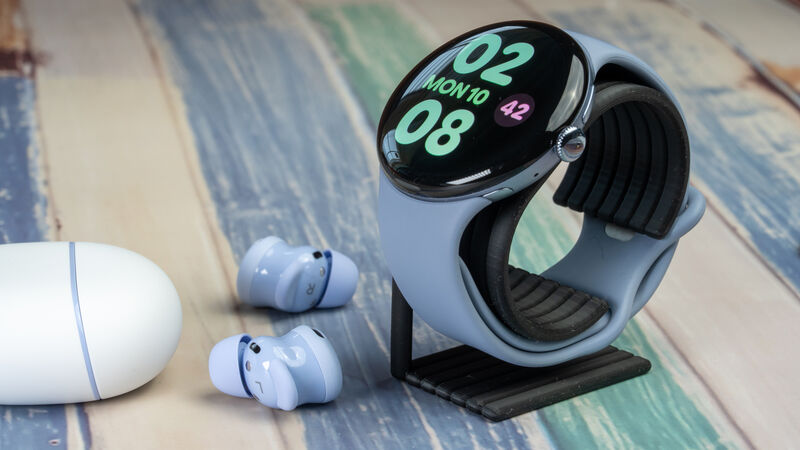
The Google Pixel Watch 4 retains its signature circular design but now features a striking fully domed display. Picture: Noel Campion.
The Google Pixel Watch 4 refines everything the series has been building toward, blending sleek aesthetics, AI integration through Gemini, and improved charging and battery life. After a month’s daily use, here’s how it held up.

I’ve worn every generation of the Pixel Watch, and the Pixel Watch 4 easily feels the most refined yet. It’s still instantly recognisable, retaining that rounded pebble-shaped glass aesthetic that looks gorgeous on the wrist, but this time the finish feels more cohesive and confident.
The biggest design talking point is the new domed display, which isn’t just curved under glass; it’s fully convex. It subtly rises from the casing, adding depth and a three-dimensional effect that makes it stand out in all the right ways. It adds visual texture and catches light beautifully, giving the Pixel Watch 4 a premium character that rivals flagships from other top brands.
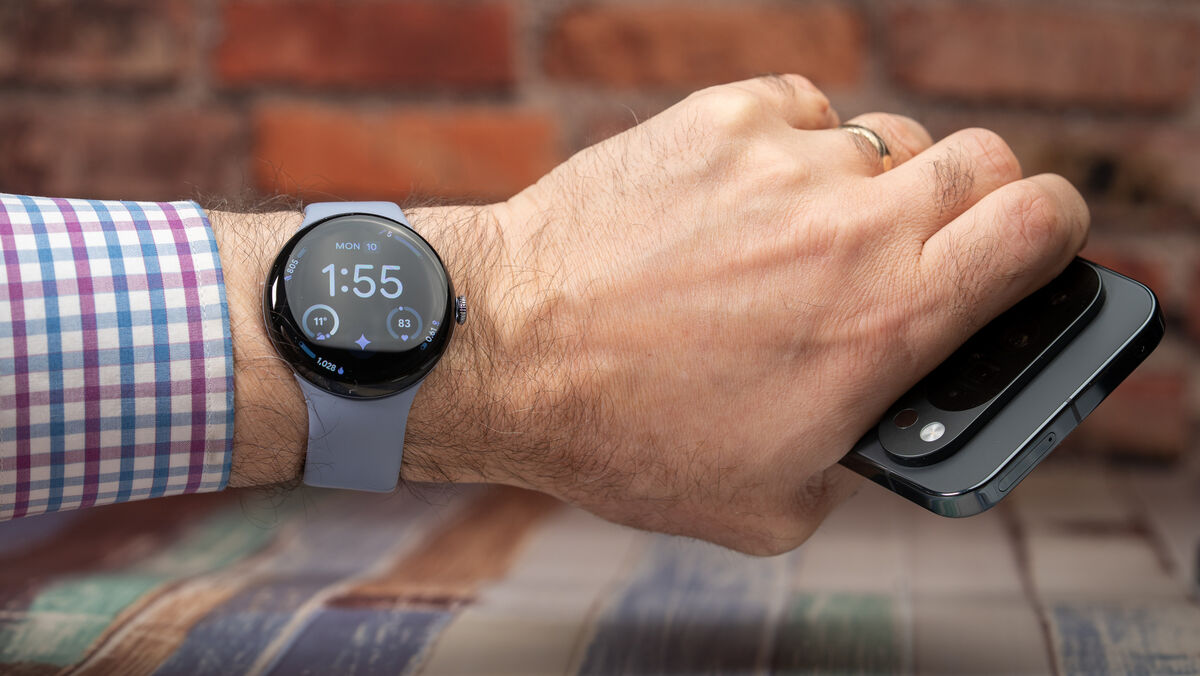
The 45mm model I tested fits my 18cm wrist perfectly — a great balance between screen size and battery life. There’s also a smaller 41mm option, but the larger display is far more practical for reading notifications or maps, and it lasts longer too.
The aluminium body feels light yet solid, and it handled diy projects, walks in the rain and daily wear just fine.
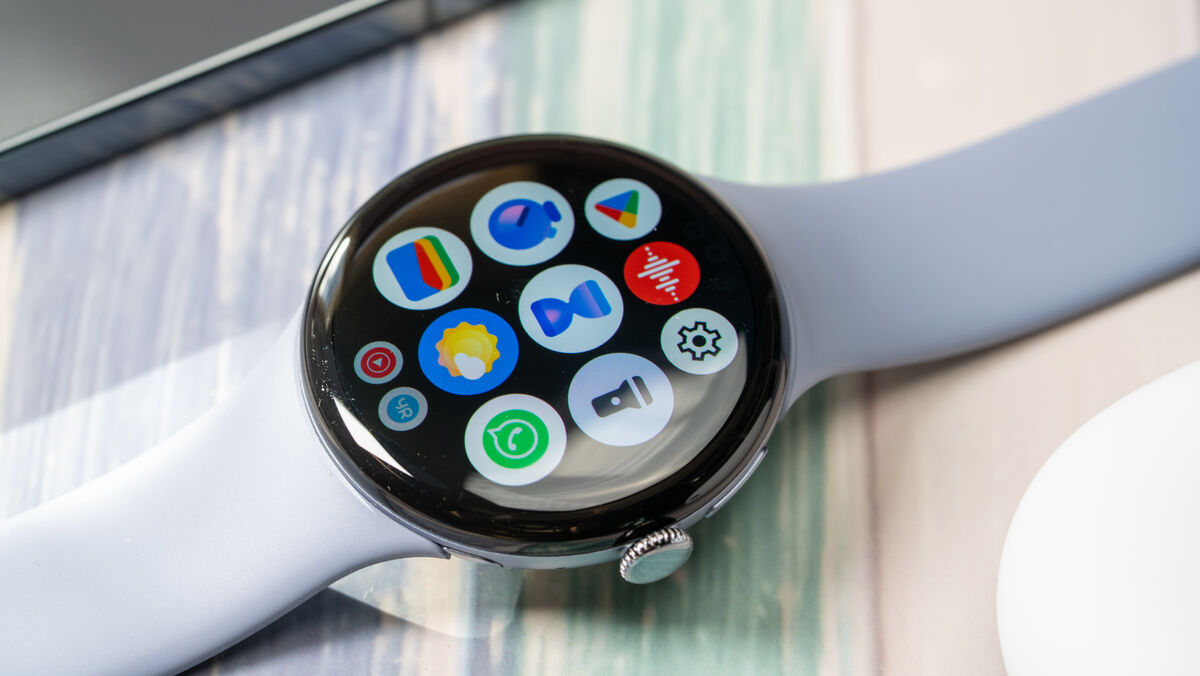
Google calls it the Acuva 360 display, and it’s a visually impressive smartwatch screen. It pushes the bezels closer to the edge, delivering more usable area, while the domed shape enhances depth and readability.
Brightness has been bumped up over the Pixel Watch 3, peaking at around 3,000 nits, making it perfectly visible outdoors, even in bright sunlight. Text and icons look razor-sharp, and colours are rich without being oversaturated.
Animations glide smoothly under Wear OS 6, and everything feels that bit more polished.
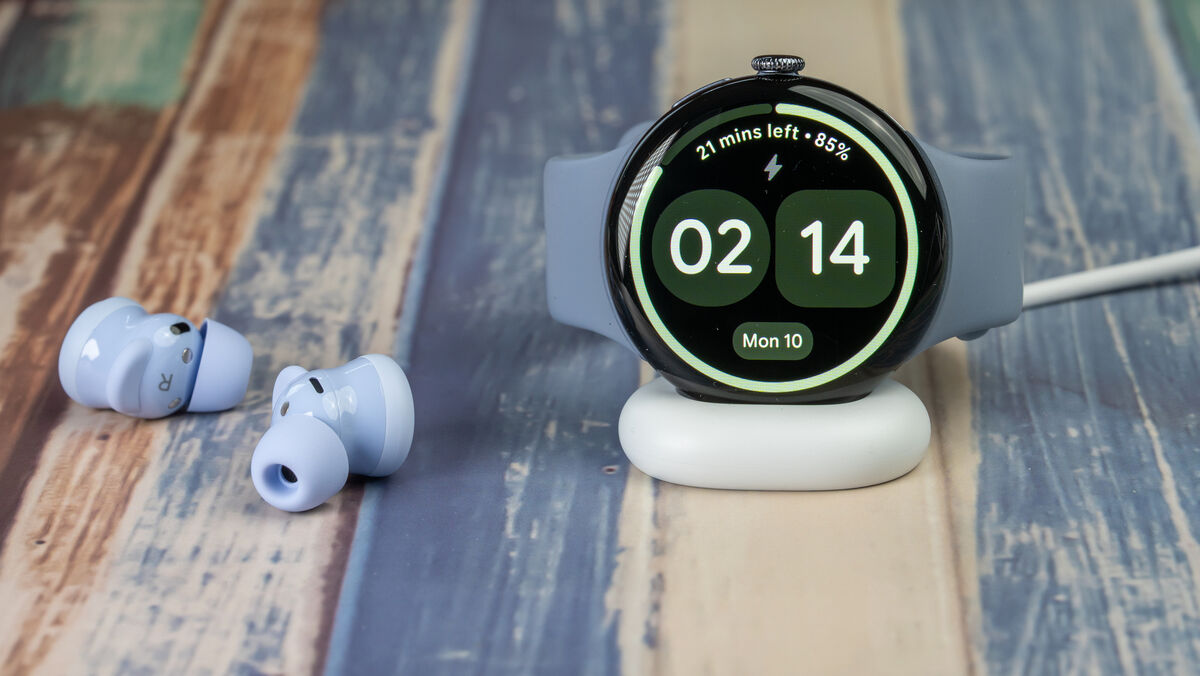
Under the hood, Google has introduced a new Snapdragon chipset paired with its own custom co-processor. Performance is snappy and fluid, with no lag switching between apps or scrolling through tiles. Not surprisingly, you also get Gemini integration, Google’s on-device AI assistant.
Raise your wrist and start talking, and Gemini responds instantly, pulling data from your phone or the cloud to give context-aware answers. Whether it’s checking weather forecasts, managing smart home devices, or replying to messages hands-free, the AI integration is excellent.
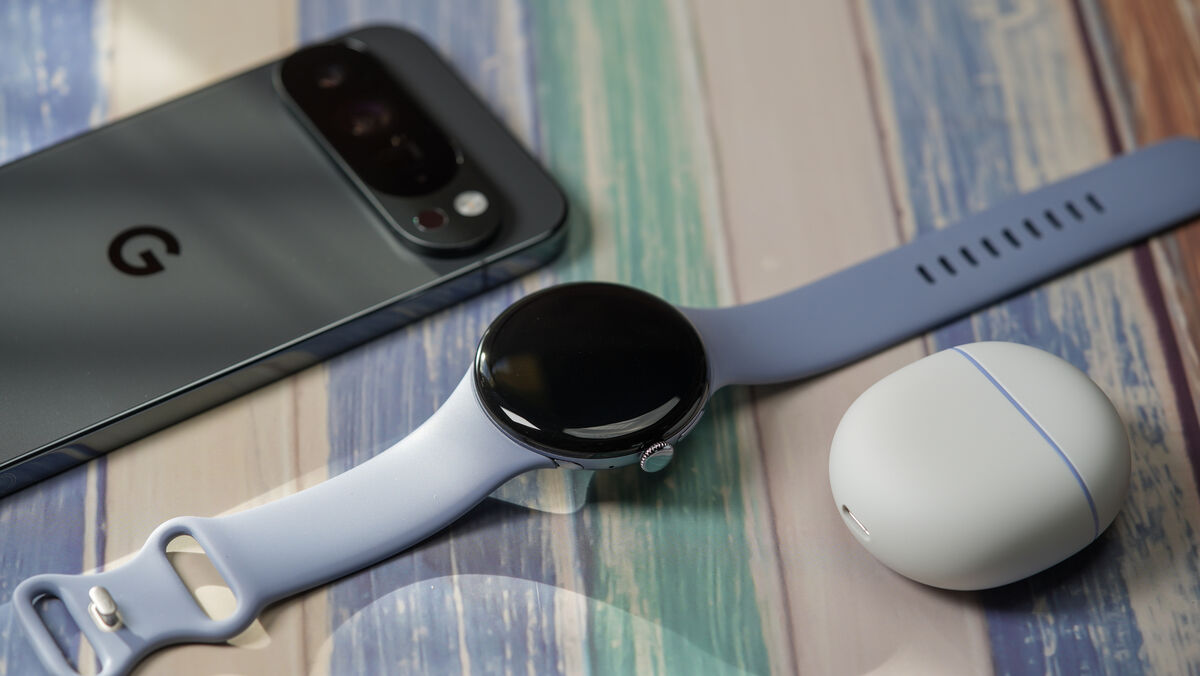
The Pixel Watch 4 also adds satellite connectivity. It enables emergency communication even without a mobile network, which could be an invaluable addition for hikers, cyclists, or anyone heading off-grid.
One of my biggest gripes with the original Pixel Watch was its short battery life, but each generation has steadily improved, and the fourth is by far the best yet. With everything enabled, including the always-on display, continuous health monitoring, and sleep tracking, I consistently managed a solid two days on a single charge. Skipping sleep tracking bumped that up to around three days, and disabling the always-on display extended it even further, close to four days between charges. Of course, screen brightness, workout frequency, and GPS use will all make the battery drain faster.
The new fast-charging system is excellent: 15 minutes delivers about 50%, and a full charge takes under an hour. The only niggle? It’s the third new charger in four generations, which means none of your old cables will work.
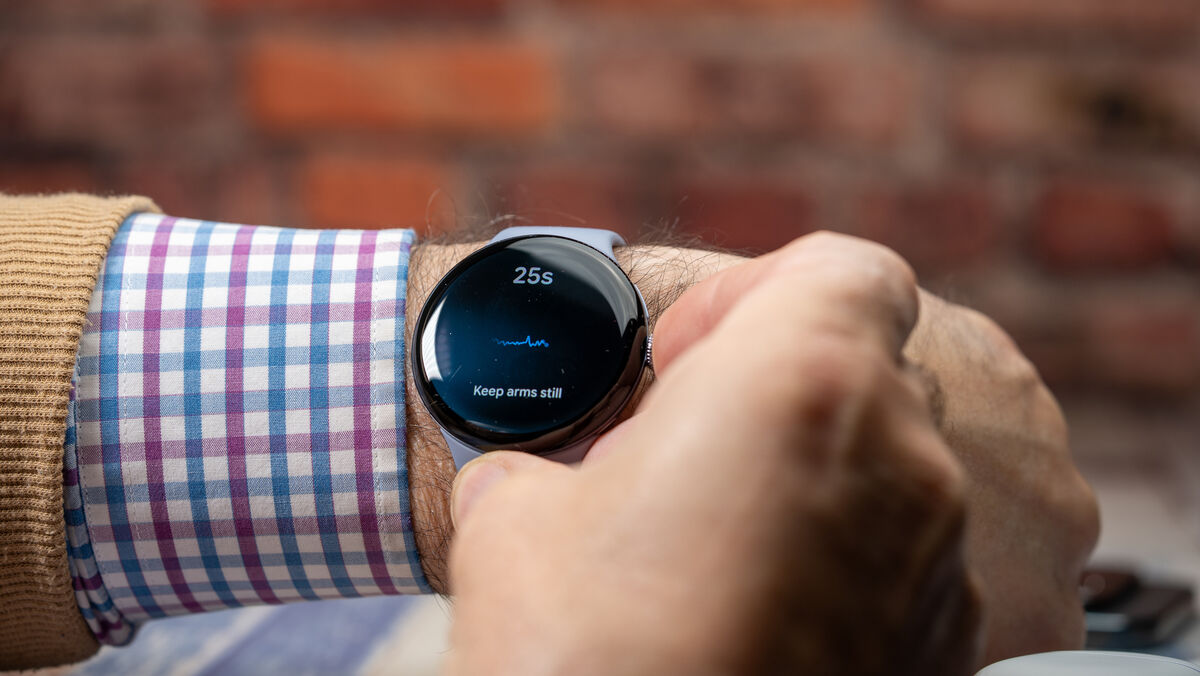
Fitness and health tracking are still powered by Fitbit integration. The experience is familiar, and it remains one of the most approachable on the market. Step tracking, heart rate monitoring, SpO2, ECG, and sleep analysis all work seamlessly. For more advanced insights, such as running metrics or stress tracking, you’ll still need Fitbit Premium (€9.99/month), which feels like a bit of a sting given the watch’s price.
The new Safety Check feature, offers peace of mind when out running or walking alone at night. You can set a timer before you start, and if you don’t respond when it ends, the watch automatically shares your location with chosen emergency contacts. It’s a simple idea, but an excellent use of the technology and reassuring in real-world use.
Even more impressive is the new Loss of Pulse Detection. Thankfully, I haven’t had to experience it in action, but knowing the watch can recognise a potential medical emergency, such as a sudden loss of pulse, and automatically prompt a call to emergency services is reassuring for those who need it.
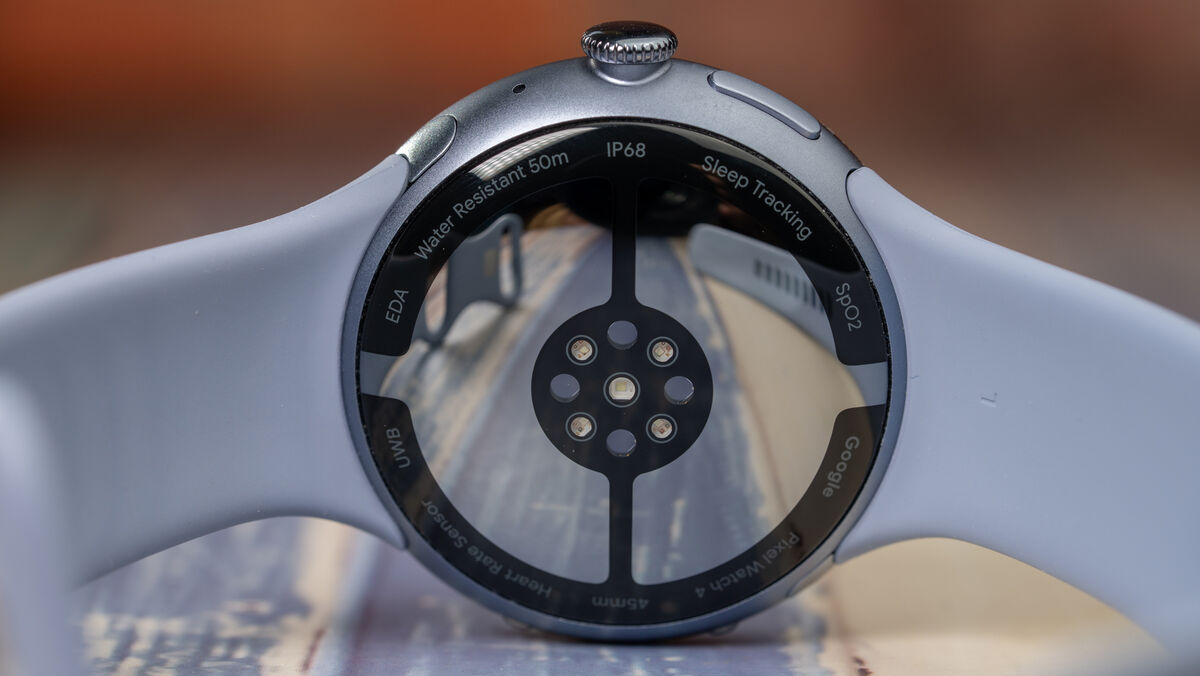
Based on my non-scientific testing, workout tracking accuracy is excellent. I found heart rate readings stayed consistent, and GPS tracking (now faster to lock on) mapped routes accurately.
Wear OS 6 adds plenty of polish, too. The new Material 3 Expressive UI redesign introduces smoother transitions, refined animations, and dynamic colour theming that adapts to your chosen watch face.
Notifications are richer and easier to interact with, and quick replies feel properly integrated with Android phones.
One of the features I use constantly is contactless payments, and the Pixel Watch 4 handles it flawlessly. With full Google Wallet support, paying for coffee or groceries is quick, effortless, and completely seamless — no phone required.
I loved the original Pixel Watch, but its smaller size and one-day battery life always held it back. If you’re upgrading from the first or second generation, the new Pixel Watch 4 will feel like a revelation. It’s easily one of the best Android smartwatches you can buy in 2025.
From €399 Harvey Norman, Currys.











